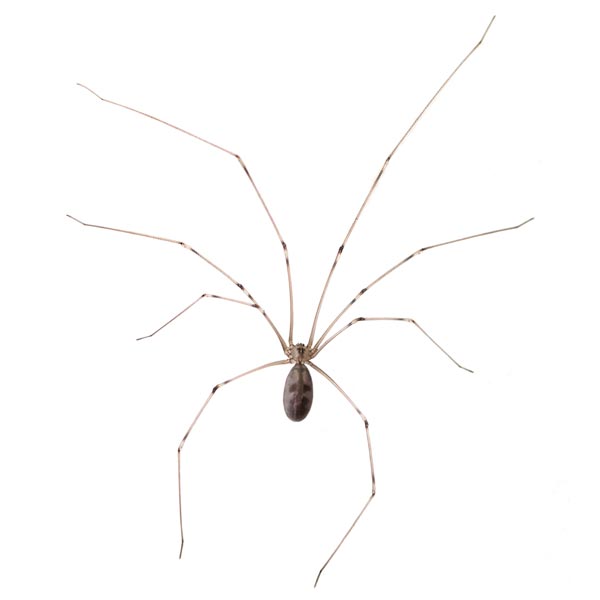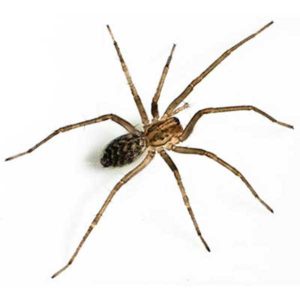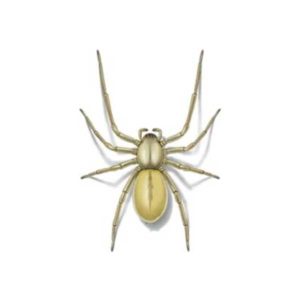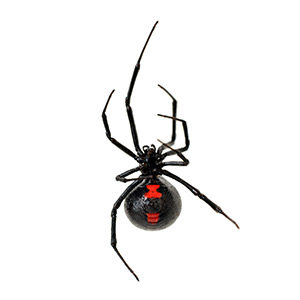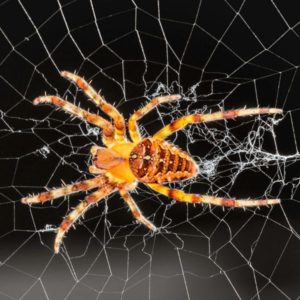Description
| Size | ¼” not including long thin legs |
| Characteristics | Pale yellow to light brown or gray in color; known for their very long and thin legs. |
| Legs | 8 |
| Habitat | A common household pest that is often found in dark and quiet spaces such as basements, cellars, and crawlspaces. |
| Habits |
|
| Cellar Spiders in the Pacific North West | Cellar spiders are a common household pest throughout the Pacific Northwest. Known for infesting dark and quiet areas such as cellars, these spiders are found year-round in spaces such as garages and basements. They usually construct their messy and irregularly shaped nests in corners and ceilings where they will typically hang belly-up waiting for prey. Most cellar spiders consume insects like flies or bees, or even other spiders. |
| Cellar Spider Habitat | Cellar spiders are drawn to dark, damp, and quiet spaces. When outdoors, cave openings or crevices in rocks are the perfect locations for these spiders. However, cellar spiders are also notorious household pests that regularly invade basements, garages, cellars, and other similar areas. Whatever location they choose, though, cellar spiders will build large and irregular-shaped webs to use for catching prey. Since these spiders do not consume their old webs before spinning new ones, they generally leave behind large silken messes that can be a nuisance for homeowners. |
| Cellar Spiders Behavior, Threats, and Dangers | Though cellar spiders do have venom, they are not known to bite humans and do not pose a health risk. That said, they do spin large amounts of webbing. Unlike other species of arachnids, cellar spiders do not eat their old web before building a new one. So, over time, a cellar spider infestation can lead to large amounts of webbing all throughout the house. These webs can become a nuisance to remove and an eyesore for home and property owners. If you are dealing with an outbreak of cellar spiders, contact your local spider exterminators for quick and easy removal. |
